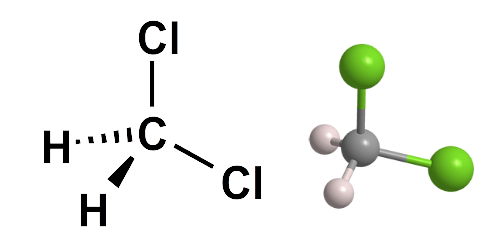Selling Dichloromethane
Description:
Dichloromethane, commonly called methylene chloride, is a solvent that is widely used in chemical research and manufacturing. It is a highly volatile liquid (see fast facts table), but it is neither flammable nor explosive in air.
Dichloromethane is commonly produced by chlorinating methane. The process also produces the other three C1 chlorohydrocarbons—chloromethane, trichloromethane (chloroform), and tetrachloromethane (carbon tetrachloride). The four are separated via distillation.

Although dichloromethane is the least toxic C1 chlorohydrocarbon, it does present hazards. Inhaling it can produce symptoms ranging from drowsiness to respiratory tract irritation and even death. It also may be carcinogenic, but not enough studies have been done to establish the degree of exposure that causes cancer.
Despite its health risks, dichloromethane is one of the main solvents used to decaffeinate coffee beans. After the caffeine is removed, the solvent’s volatility makes it easy to remove residual solvent. Any remaining dichloromethane is well below the 10-ppm concentration allowed by the US Food and Drug Administration.
Dichloromethane hazard information:
GHS classification*: skin irritation, category 2
H315—Causes skin irritation
GHS classification: serious eye irritation, category 2A
H319—Causes serious eye irritation
GHS classification: specific target organ toxicity, single exposure, narcotic effects, category 3
H336—May cause drowsiness or dizziness
GHS classification: carcinogenicity, category 2
H351—Suspected of causing cancer
GHS classification: hazardous to the aquatic environment, acute hazard, category 3
H402—Harmful to aquatic life
